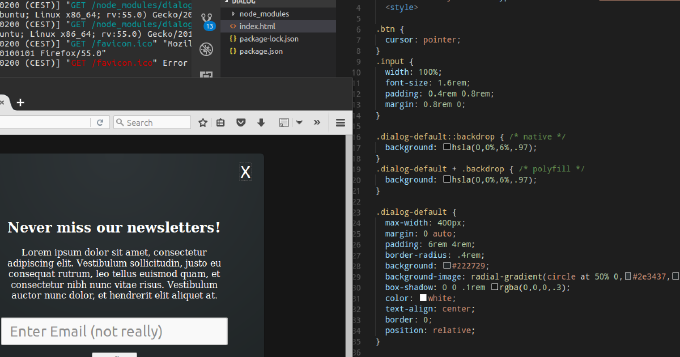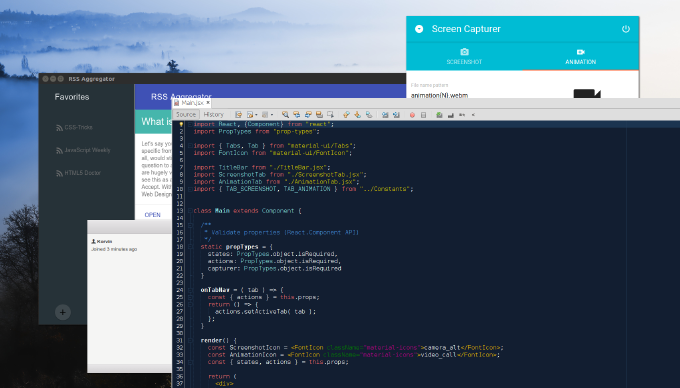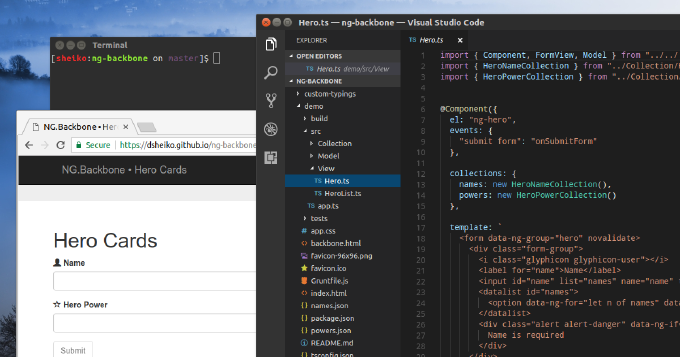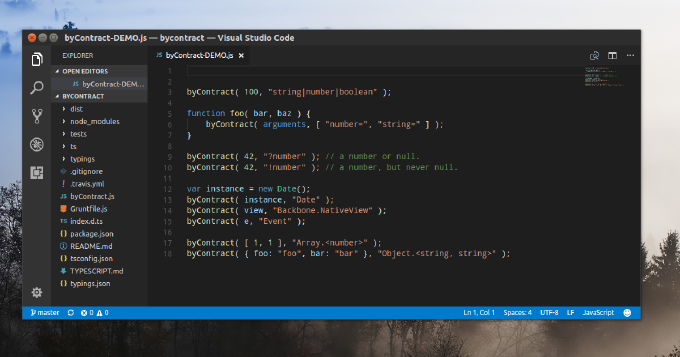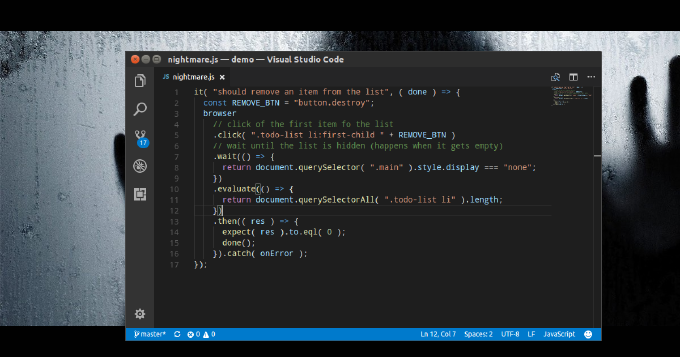Effortless Form Handling in React with the HTML5 Validation API
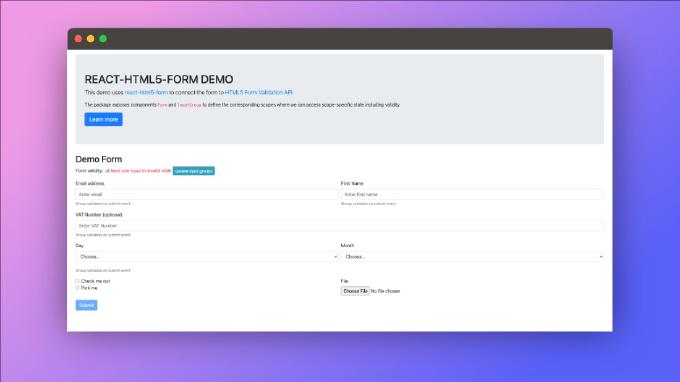
When we talk about user input within a web app we often think first of HTML forms. Web forms have been available with the very first editions of HTML. Apparently the feature was introduced already in 1991 and standardized in 1995 as RFC 1866. We use them everywhere, with almost every library and framework. But what about React? Facebook gives a limited input on how to deal with forms . Mainly it’s about subscribing form and controls for interaction events and passing state with “value” property.



